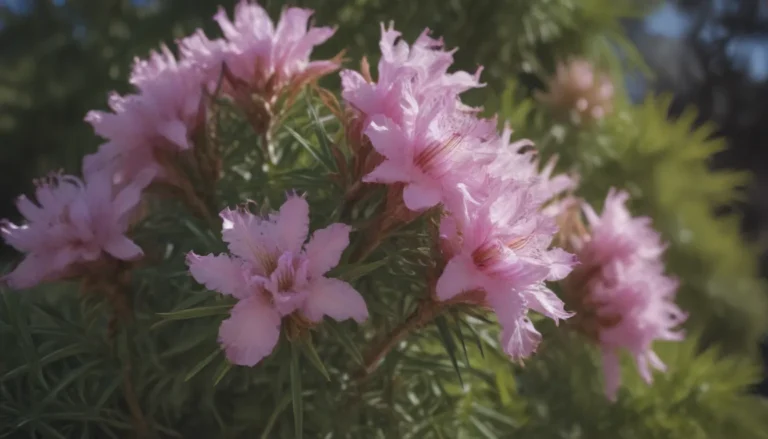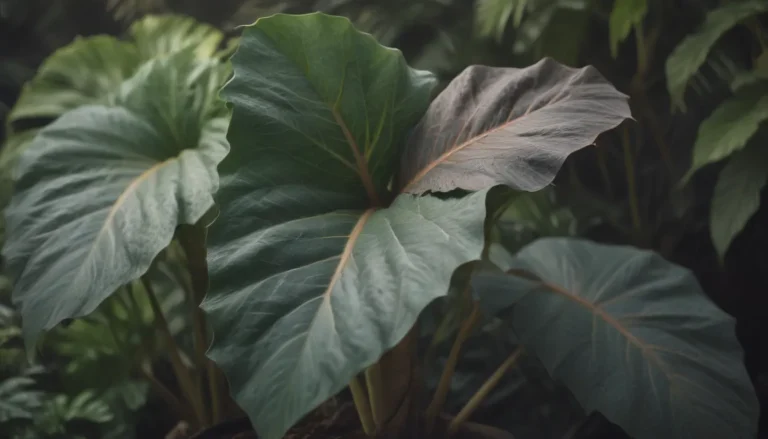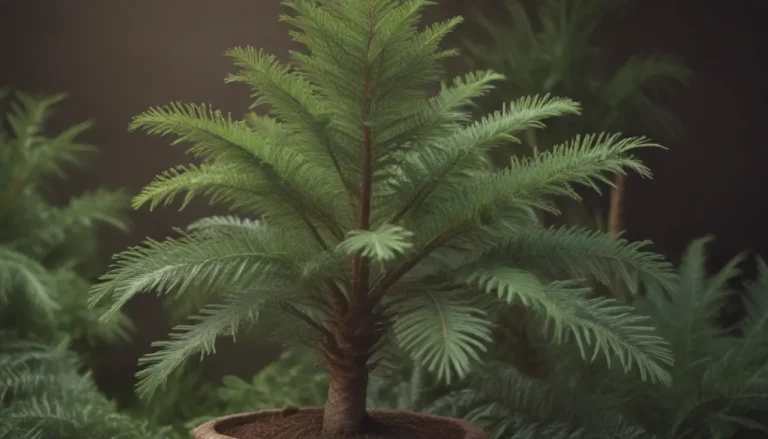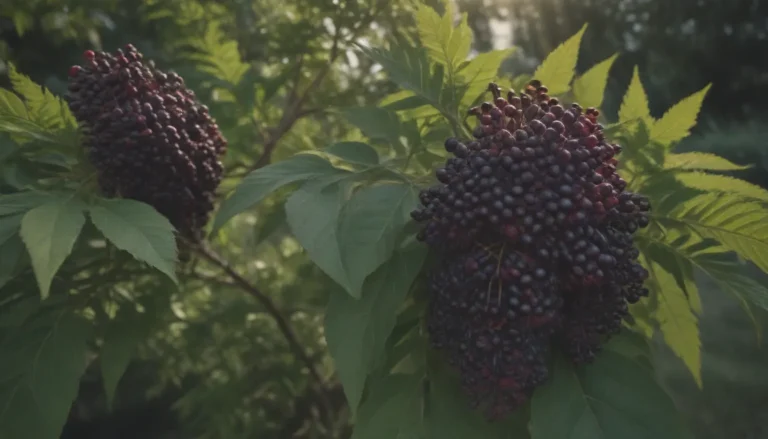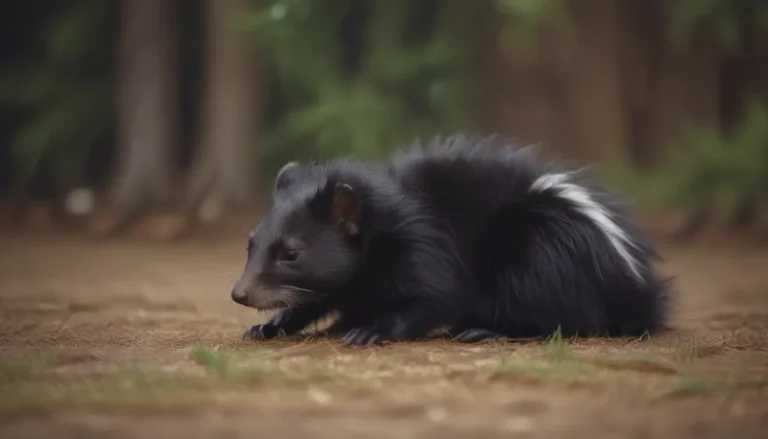Ultimate Guide: How to Grow and Care for Liatris (Blazing Star)
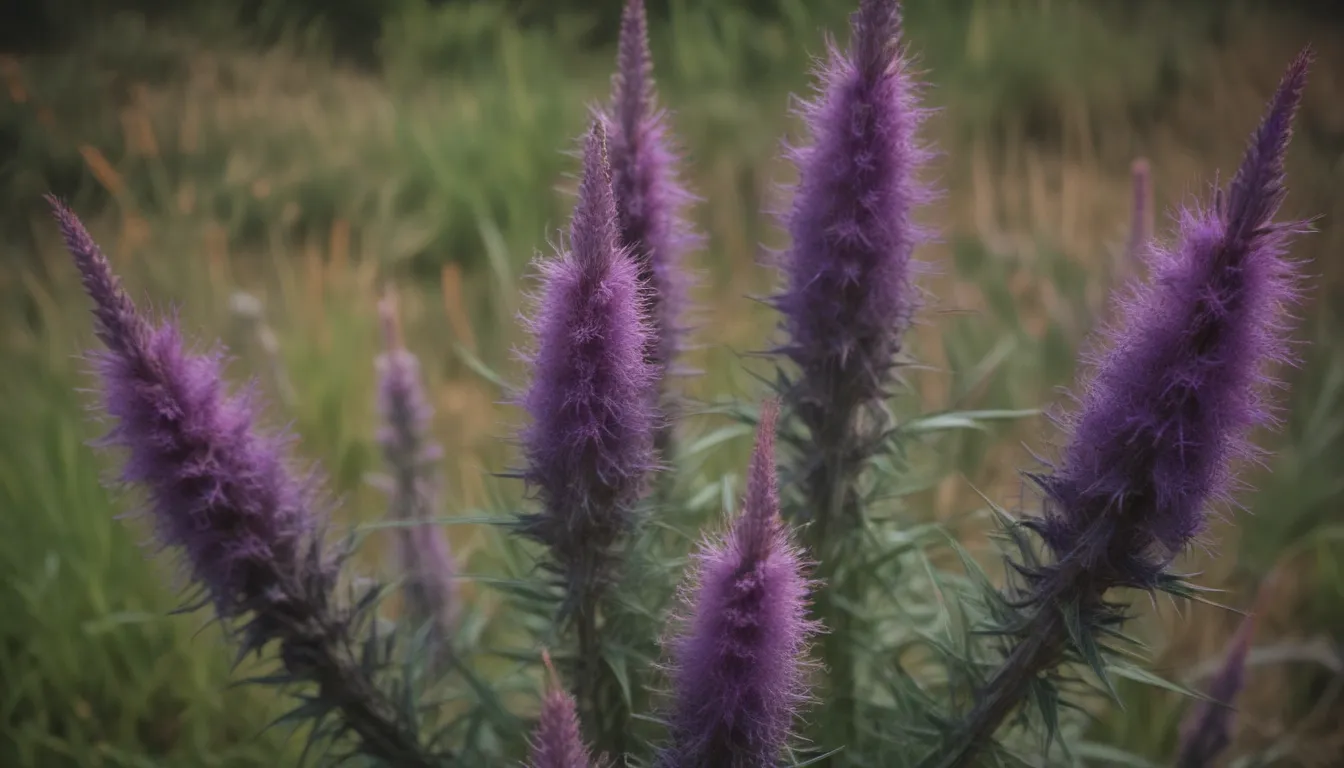
If you’re looking to add a pop of color and unique shape to your garden, look no further than Liatris, also known as blazing star or gayfeather. This long-blooming perennial wildflower is native to eastern North America and belongs to the aster family, boasting striking flower heads that resemble tiny stars clustered around an upright bottle-brush spire. In this comprehensive guide, we’ll walk you through everything you need to know to successfully grow and care for Liatris in your garden.
Getting Started with Liatris
Liatris can be planted from potted nursery starts or corms, with the option of starting from seeds as well. Regardless of how you choose to plant them, Liatris typically flowers in its first year, adding a splash of color to your garden effortlessly. Here are some key points to keep in mind when caring for your Liatris plants:
Light
- Choose a site with full sun to ensure optimal growth and flowering.
- Liatris thrives in sunny locations, mimicking its native prairie habitat.
Soil
- Liatris is quite adaptable to various soil conditions, but quick drainage is essential to prevent rot.
- Slightly acidic to neutral soil pH is ideal for Liatris plants.
Water
- Water thoroughly after planting, then wait for the stalks to sprout before additional irrigation.
- During active growth, aim for 1 inch of water per week to prevent stunted flowers.
Temperature and Humidity
- Liatris is hardy in zones 3 to 9, tolerating both heat and cold well.
- Avoid wet winter soils to prevent corm rot.
Fertilizer
- Liatris is not a heavy feeder, but may benefit from a balanced flower fertilizer in poor soils.
- In most cases, Liatris thrives without the need for additional feeding.
Types of Liatris
Liatris spicata is the most common garden species, with several popular cultivars available. Additionally, there are other Liatris species worth exploring, including L. aspera and L. pycostachya. Here are a few varieties you might encounter:
- ‘Alba’
- ‘Callilepsis’
- ‘Kobold’
- ‘Floristan White’
- ‘September Glory’
Propagating and Growing Liatris
Once your Liatris plants mature, you may notice offset corms developing. Propagating Liatris is relatively easy by dividing the corms and replanting them every few years. When it comes to growing Liatris from seeds, a little patience is required, as it may take up to two years for plants to bloom when started from seed.
How to Grow Liatris From Seed
Starting Liatris from seed is a rewarding process that requires some preparation and care. Whether you’re using commercial seeds or collecting them from dried flower heads, cold stratification is necessary for successful germination. Here’s a step-by-step guide:
- Cold stratify the seeds for 4 to 6 weeks.
- Direct sow in the garden or start indoors before the last spring frost.
- Keep the seeds moist and provide ample sunlight for germination.
- Transplant seedlings outdoors after all danger of frost has passed.
Potting and Overwintering Liatris
While Liatris is primarily grown in gardens, it is possible to cultivate them in containers as well. When growing Liatris in pots, remember to provide adequate drainage and winter protection to ensure their survival. Here are some tips for potting and overwintering Liatris plants:
- Use a well-draining container and porous potting mix for container-grown Liatris.
- Move containers to a sheltered location during freezing weather to protect the plants.
- Avoid bringing potted Liatris indoors for winter, as they require a period of cold dormancy.
Overwintering Tips
- Cut off flower stalks near ground level in preparation for winter.
- Avoid mulching heavily over plant crowns to prevent bulb rot.
- Clean away soggy garden debris in spring to promote new growth.
Common Problems and Solutions
While Liatris is a relatively low-maintenance plant, it may encounter a few issues along the way. Here are some common problems you might face and how to address them:
Flower Stalks Flop Over
- Stake up flower stalks if grown in overly rich soil that causes flopping.
- Reduce feeding routine to prevent floppy stalks.
Plants Turn Mushy, Break Off at Ground Level
- This indicates stem or corm rot due to wet soil conditions.
- Remove affected plants and improve soil drainage to prevent future issues.
How to Get Liatris to Bloom
Liatris is known for its long-blooming period, showcasing dense clusters of star-shaped flowers from July into late fall. To encourage abundant flowering, ensure your plants receive adequate sunlight and soil fertility. Mature plants typically flower profusely, rewarding your patience with a spectacular display in the garden.
Final Thoughts
In conclusion, growing and caring for Liatris can be a rewarding experience for gardeners of all levels. This unique perennial wildflower offers a burst of color and texture to any garden setting, attracting pollinators and adding visual interest. By following the tips and guidelines outlined in this detailed guide, you’ll be well-equipped to cultivate thriving Liatris plants in your outdoor space. Happy gardening!
